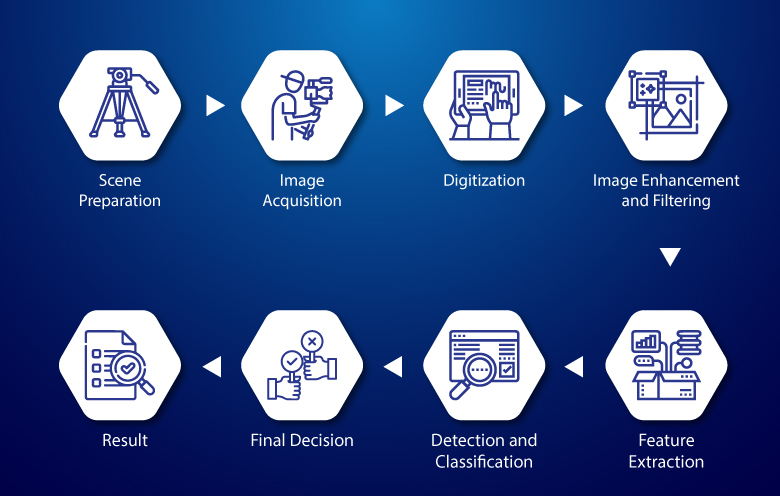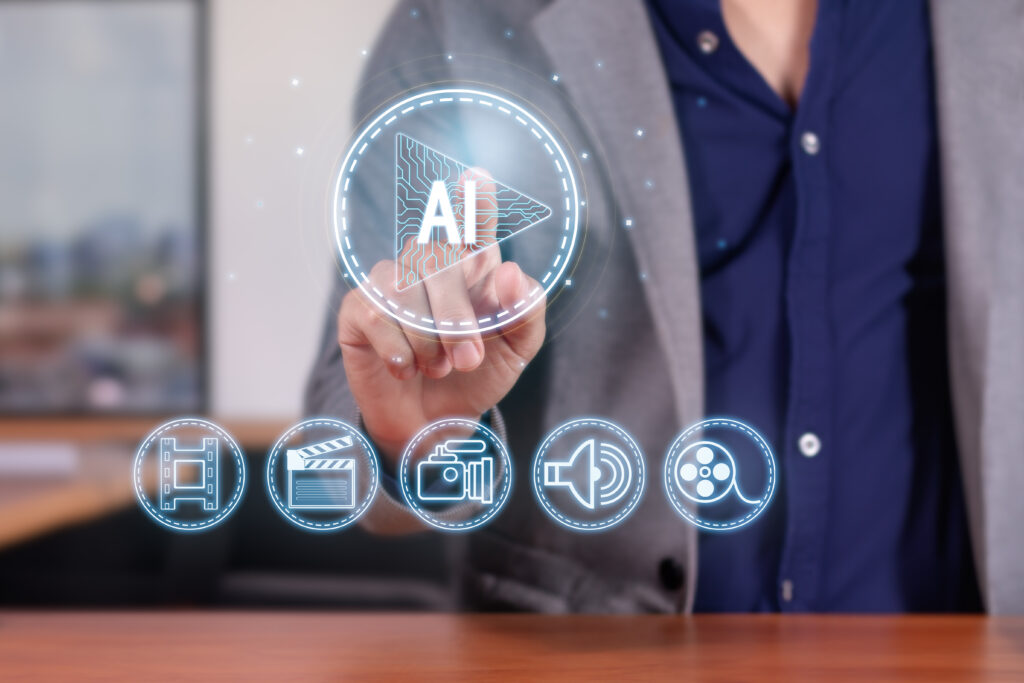From multinational organisations to startups, various types of service providers and sellers realise the increasing need for sophisticated processing of data.
Digitising the manual processes of collecting and analysing data and everything in between has allowed companies to achieve higher productivity levels and made lives easier.
Image recognition is one of the technologies that’ve played a massive role in this revolution. A key sub-task of computer vision, image recognition allows computers to interpret visual information like videos and images.

From providing solutions to seemingly simple questions like “is that a book?” to performing complex analytical tasks in large-scale industries, people in different industries have witnessed the shocking rates at which image recognition has stretched.
The improvement witnessed in the artificial intelligence world has made the performance of any platform for AI image recognition online better and faster.
Curious about the myriad possibilities of an AI image recognition platform? Continue reading to explore further.
Understanding the Functioning of Image Recognition Platforms
Artificial Intelligence image recognition stands as a core application of deep machine learning, surpassing human capabilities in several aspects. These systems are designed to emulate the logic employed by the human brain, exhibiting characteristics such as heightened attentiveness, speed, and the ability to handle vast amounts of data with ease.
At the heart of image recognition models lie neural networks, drawing inspiration from the current scientific understanding of the human brain. These networks mimic the biological neural mapping used by human brains to process and analyze information.
The process of image recognition involves three primary steps:
- Training: The system is initially trained using a dataset to understand what to anticipate.
- Testing: After analyzing the training dataset, the image recognition algorithm establishes meaningful associations between photos and expected outcomes. A test dataset is then utilized to evaluate its learning.
- Prediction: Once the algorithm achieves the desired level of accuracy, meeting the developers’ requirements, it can be deployed to make correct predictions based on real data.

Possibilities of AI Image Recognition
The possibilities of AI image recognition are widespread. Many industries are taking advantage of these possibilities, including:
- Security
- Fintech
- Education
- Healthcare
- Defense
- Utility
- Telecom
- Manufacturing
Image recognition extends its capabilities into various domains, including:
- Object detection
- Optical character recognition
- Face recognition
- Fraud detection
- Image captioning
- Content filtering and moderation
The transformative impact of image recognition is undeniable, especially for those eager to explore its possibilities and unlock its full potential. Incorporating AI-driven image recognition into your company opens up a realm of possibilities, elevating your projects to new heights of efficiency and innovation.
Empowering Industries through AI Image Recognition:
Industries worldwide are witnessing a profound transformation as they harness the power of AI image recognition. In the realm of security, these systems are revolutionizing surveillance and threat detection, providing an extra layer of vigilance that surpasses traditional methods. Fintech companies leverage image recognition for fraud prevention, ensuring secure transactions and safeguarding financial assets. In the healthcare sector, the technology aids in medical imaging analysis, contributing to faster and more accurate diagnoses. Educational institutions integrate image recognition to enhance learning experiences, fostering interactive and adaptive educational content. The defense sector benefits from heightened situational awareness and advanced reconnaissance capabilities. The utility, telecom, and manufacturing industries streamline operations by incorporating image recognition into quality control, process optimization, and product innovation. The vast array of applications underscores the versatility and impact of AI image recognition across diverse sectors.
Future Horizons of AI Image Recognition:
As technology continues to advance, the future horizons of AI image recognition are boundless. Innovations in deep learning algorithms and neural network architectures promise even greater accuracy and efficiency. The integration of AI image recognition with other emerging technologies, such as augmented reality (AR) and the Internet of Things (IoT), opens new avenues for enhanced user experiences and real-time decision-making. The collaborative efforts of researchers, developers, and industry leaders are driving continuous improvements, pushing the boundaries of what image recognition can achieve. As businesses explore the untapped potential of this technology, we can anticipate breakthroughs in fields like autonomous vehicles, smart cities, and personalized consumer experiences. The journey of AI image recognition unfolds with limitless possibilities, shaping the future landscape of technological innovation.

Want to get some insights into the possibilities of AI image recognition technology?
Use SentiSight.ai free trial. This opportunity allows you to create personalized user experiences, delve into uncharted realms of problem-solving and creativity, and streamline processes in your business.
The transformative effect on image recognition is undeniable, especially for those interested in exploring its possibilities and full potential. Incorporating AI-driven image recognition into your company unlocks a world of possibilities, elevating your projects to new heights of efficiency and innovation.
- What is the F-1 measure and why is it useful for imbalanced class problems?
- From Data Streams to Decentralized Worlds: Exploring the Role of Blockchain Subgraphs in Gaming Infrastructure
- How to predict customer churn using machine learning, data science and survival analysis
- Business models in data science and AI

